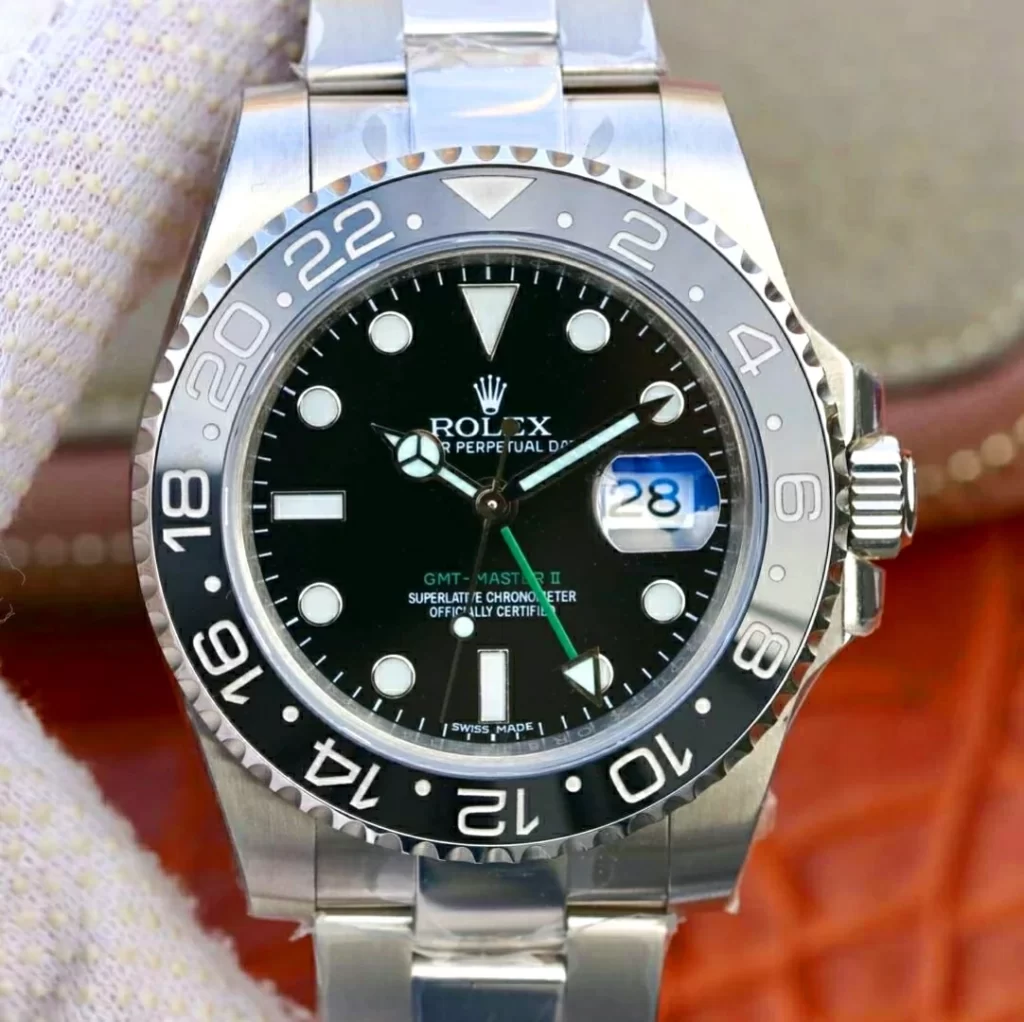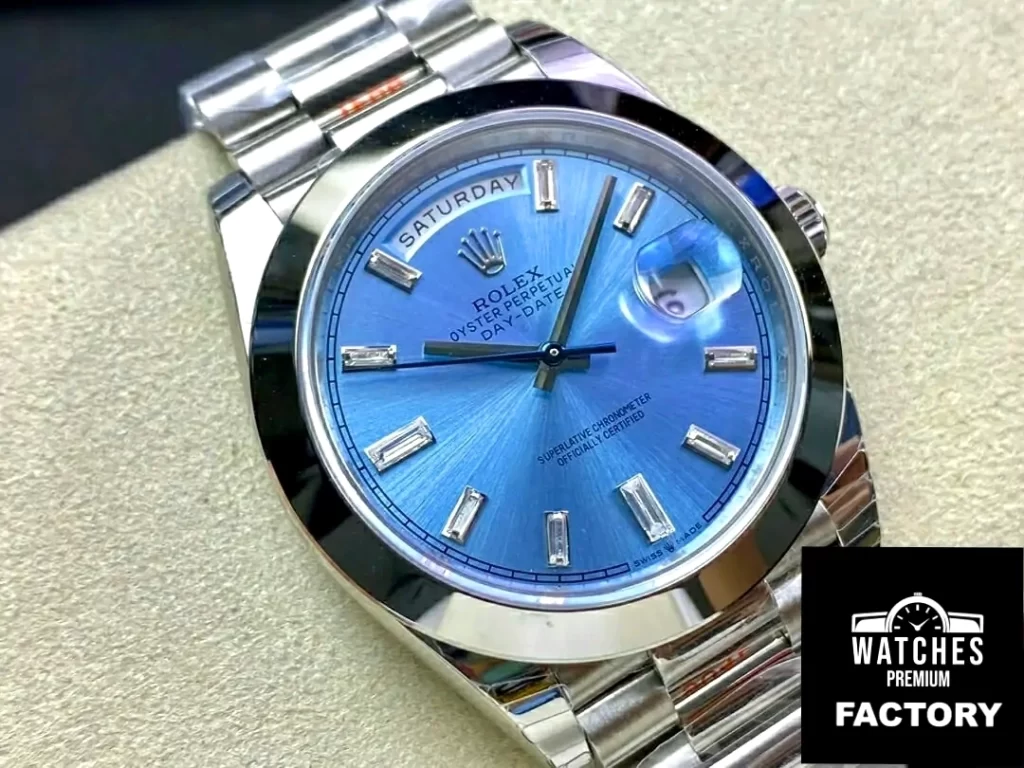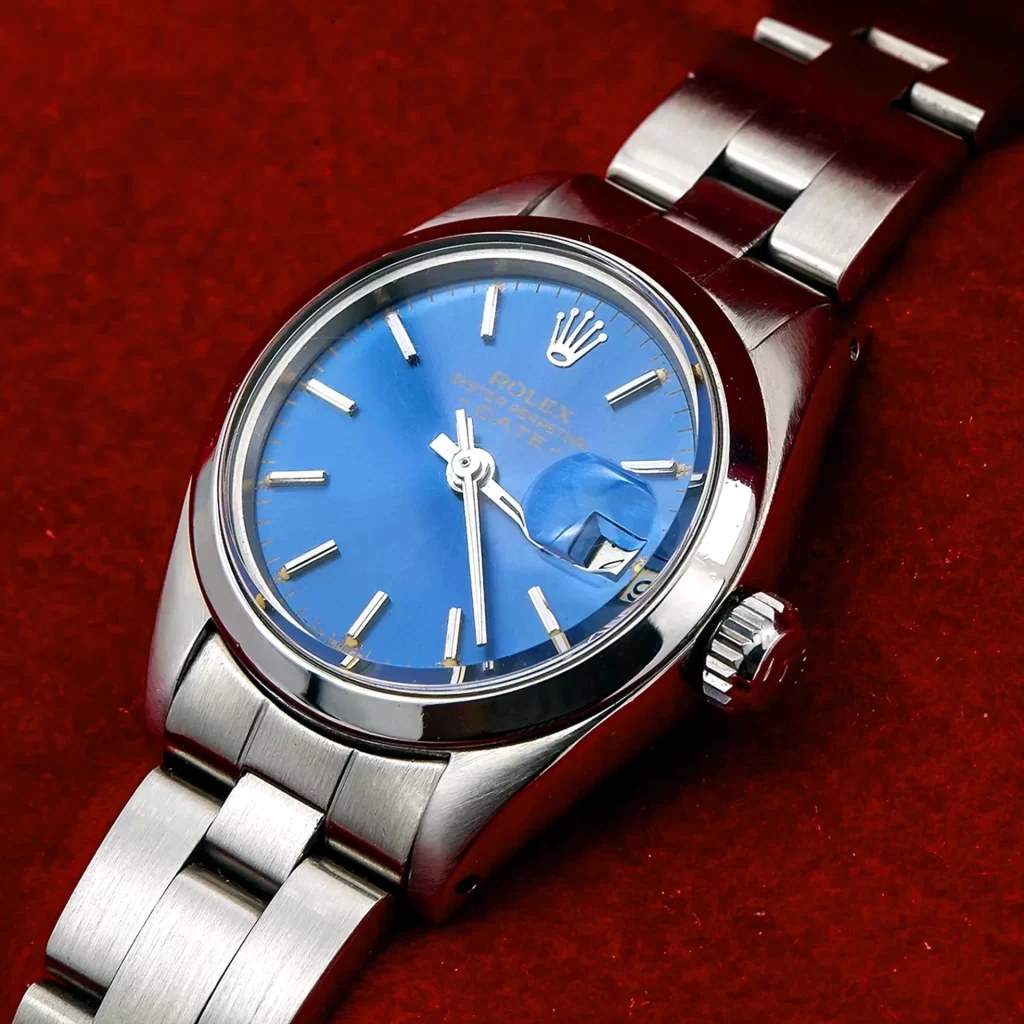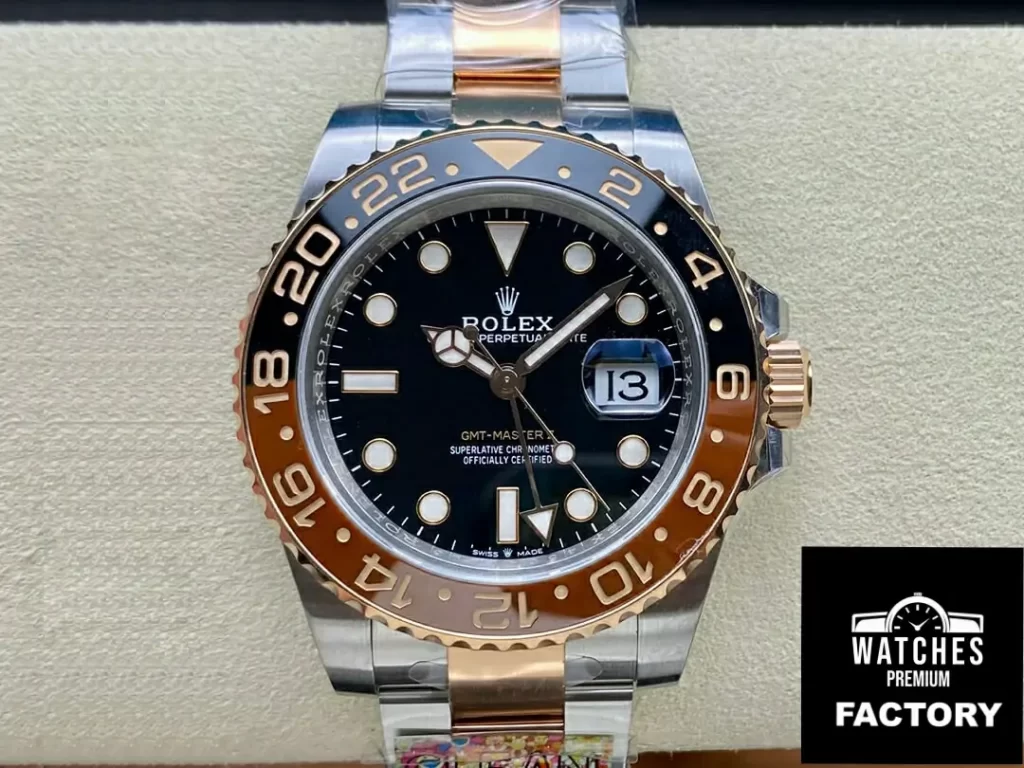Rolex has consistently introduced engineering advancements that have largely gone unnoticed in the public eye, overshadowed by the brand’s focus on continuity and heritage. Despite frequent technical innovations, Rolex remains a brand defined not by its movements, but by its iconic models, family legacies, and unwavering image.

The Underappreciation of Rolex’s Mechanical Mastery
When it comes to movement engineering, replica Rolex deserves to be mentioned in the same breath as legends like Patek Philippe, Jaeger-LeCoultre, and Audemars Piguet. Yet, there exists a notable gap between Rolex’s true capabilities and the public’s perception of the brand. While other watchmakers are often celebrated for their technical breakthroughs, Rolex’s advancements are frequently overshadowed by the company’s own branding strategy, which emphasizes the legacy of its models over the complexities of its movements.
A case in point is the Cellini Moonphase, introduced in 2017, which became one of the most talked-about pieces in a generation. With its meteorite moonphase disc and enamel dial, the watch demonstrated a level of craftsmanship and ambition rarely seen in Rolex’s more utilitarian models. The Cellini Moonphase was not just a technical achievement; it represented a foray into the romanticism of horological complications. For a company known for its iconic models like the Submariner and replica Daytona, the Cellini Moonphase marked a rare foray into a truly complex and artistic watch, more detail at localdlish.com.
Looking back to 1999, when Rolex had yet to fully embrace such complications, the Cellini Moonphase would have seemed like an unthinkable concept. Yet, it was this very kind of movement innovation that the brand was capable of – but chose not to emphasize publicly in the same way other manufacturers might.

Rolex’s Reluctance to Position Itself as a Technological Pioneer
Despite its undeniable innovations, clone Rolex has long avoided presenting itself as a leader in mechanical breakthroughs. The company’s public relations efforts often downplay the technical intricacies of its movements, opting instead to focus on the timeless appeal of its iconic models. For instance, the company has not marketed the mechanical feats of the Sky-Dweller or Yacht-Master II as groundbreaking; rather, these watches are part of Rolex’s tradition of steady evolution, where design language and model consistency outweigh technical novelty.
This conservative approach helps safeguard Rolex’s brand against obsolescence. While other brands might roll out new movements with fanfare, clone Rolex keeps the focus on model families and the enduring nature of its designs. This strategy shields its most recognizable pieces – like the Submariner, Daytona, and Datejust – from the ever-looming specter of technological redundancy.

The decision not to emphasize movements is also practical: a focus on technological milestones can risk quickly becoming irrelevant once a competitor outperforms it. Rolex’s approach of highlighting continuity – where a 1963 Daytona and a 2019 Daytona are visibly part of the same family – ensures the brand’s legacy remains intact, regardless of changes beneath the surface.
Technological Advances Behind the Scenes
Rolex’s commitment to innovation is evident in its technical breakthroughs, even though these are often quietly introduced. For instance, the company’s 2014 debut of the Syloxi hairspring in Caliber 2236 is a technological triumph. However, instead of rolling it out in a flagship model like the Pepsi GMT-Master II or the Sea-Dweller 4000, Rolex chose a more conservative approach. The Syloxi hairspring was initially introduced in the Pearlmaster 34, a luxury model with limited volumes, followed by the 2015 Yacht-Master 37mm. This careful, low-key launch ensured that Rolex could gauge the technology’s reception without risking its more high-profile models.
Despite the significance of this innovation, the Syloxi hairspring – made from silicon – was not widely publicized. Rolex has long been careful about the visibility of its technological advances, prioritizing the enduring appeal of its watches over showcasing cutting-edge mechanisms. In this way, the brand continues to focus on what it does best: producing timeless models that define luxury watchmaking, with any technical advancements remaining largely out of sight.
The Complexity of Modern Watchmaking
In the broader context of modern watchmaking, complications have become increasingly accessible. From $15,000 TAG Heuer tourbillons to affordable perpetual calendars and rattrapante chronographs, complex movements have lost some of their mystique. Brands like Greubel Forsey and Patek Philippe have pushed the boundaries of horology, with multi-tourbillon pieces and watches like the Grandmaster Chime, which features 20 complications.
Yet, in an era of such mechanical excess, even Rolex’s impressive innovations, like its annual calendar or synthetic hairspring, can appear mundane. This is not necessarily due to Rolex’s shortcomings, but rather a reflection of an industry overwhelmed by technical feats that have become routine. Where once complications were marvels of human ingenuity, they now risk being reduced to mere selling points.

Rolex’s strategy of downplaying the technical aspects of its movements in favor of focusing on the brand’s heritage and model consistency has allowed the company to maintain its status as the pinnacle of luxury. While other manufacturers may race ahead with novel complications and groundbreaking technologies, Rolex continues to find success in its timeless designs and incremental technical improvements, all while ensuring that the innovations remain largely in the background. This delicate balance between innovation and brand continuity is what keeps Rolex at the forefront of the watch industry, despite its seemingly conservative approach to movement advancements.
